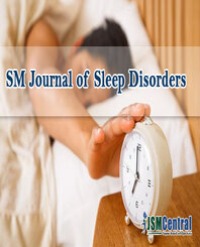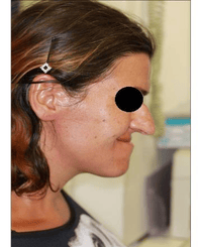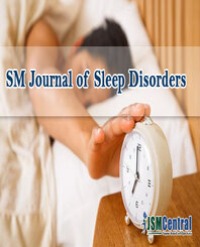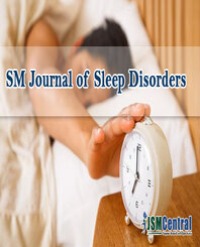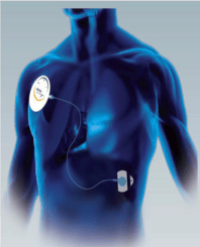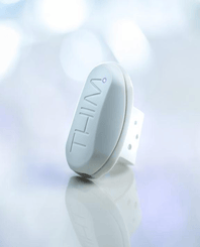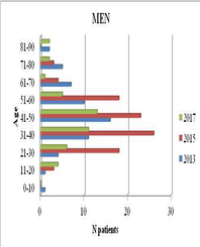Purpose: Comparing the output of two subjective self-evaluation sleep questionnaires commonly used in adult populations at-risk for sleep disorders, focusing on sleepiness and insomnia symptoms, to automated analysis of electrocardiography (ECG) data collected during sleep, to measure sleep quality.
Method: Output of two sleep questionnaires; the Epworth Sleepiness Scale (ESS) and the Bergen Insomnia Scale (BIS) where compared to the primary data signal, ECG, collected during sleep with a simple wearable device and analyzed with the Cardiopulmonary Coupling (CPC) algorithm. Based on the objective Sleep Quality Index (SQI), and the sleep pathology markers, Elevated Low Frequency Coupling Broad-Band (eLFCBB) and Narrow-Band (eLFCNB), participants were divided into healthy and unhealthy sleepers, and the output of each subjective questionnaire and the combination of both questionnaires statistically analyzed and compared to the CPC-output.
Results: Data collected from 57 obese individuals, when starting a lifestyle program supervised by a primary care physician, was retrospectively analyzed. Of the 57 individuals, 50 recorded two consecutive nights. When compared to the objective CPC-output the questionnaires had low sensitivity, specificity and agreement: (1) ESS; sensitivity 23%, specificity 69% and agreement 51%. (2) BIS; 73%, specificity 43% and agreement 54%. Combining the questionnaires ESS/BIS had sensitivity 73%, specificity 29% and agreement 46%.
Conclusion: Wearable devices offer a convenient and cost-effective alternative for more accurate evaluations of sleep quality complaints than methods previously available. Our results strongly suggest that in populations at high risk of sleep disorders, questionnaires and objective measurements are likely required to provide complementary and more comprehensive sleep quality assessments.
Magnusdottir S1, Hilmisson H1 and Sveinsdottir E2
